11. Tunicates (Yellow)
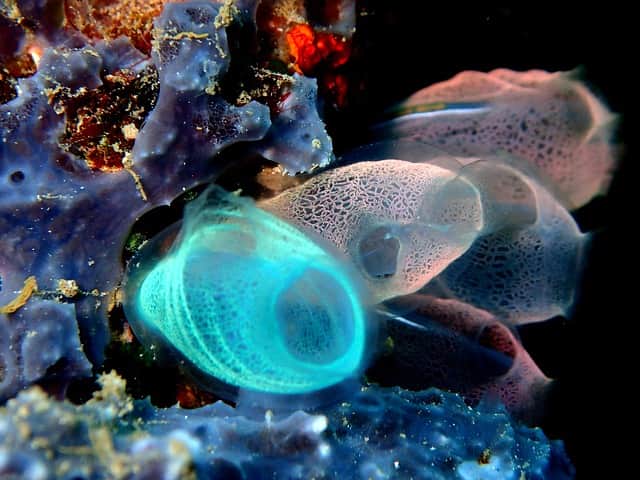
A tunicate or sea squirt or Ascidian is a marine invertebrate animal. Tunicates (fixed ascidians) are a type of animal with yellow/yellow-green blood. The pigment responsible for this color is Hemovanadin, a vanadium-containing protein.
12. The Ocellated Icefish and Crocodile Icefish(White/Clear Blood)
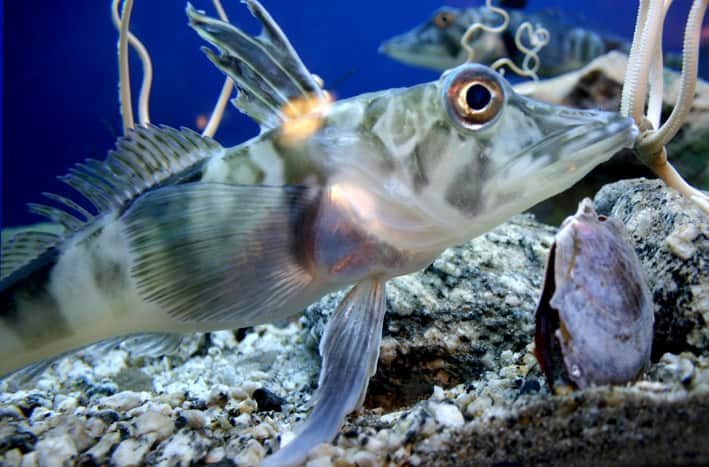
Ocellated Icefish have a gin-clear blood color which is transparent hemoglobin and hemocyanin-free blood. They do not use hemoglobin or hemocyanin to transport oxygen through their bodies rather, the amount of oxygen they use gets dissolved in the plasma of blood. It gets its oxygen from the cold water.
13. Insects (White Blood)
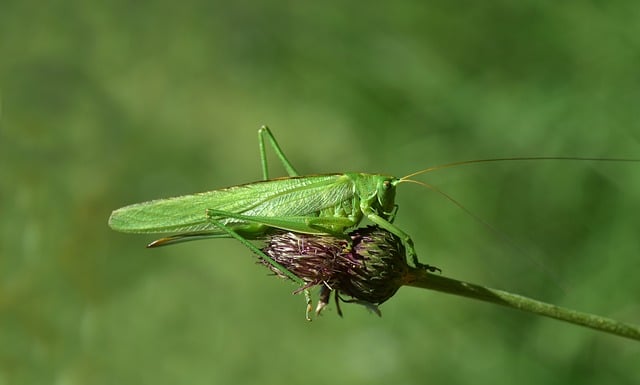
The blood of most of the insects contains hemolymph, can be clear and transparent or it can be more white and look more like watered milk. Cockroaches and grasshoppers are also known to have white blood.
14. Skinks (Prasinohaema) (Green Blood)
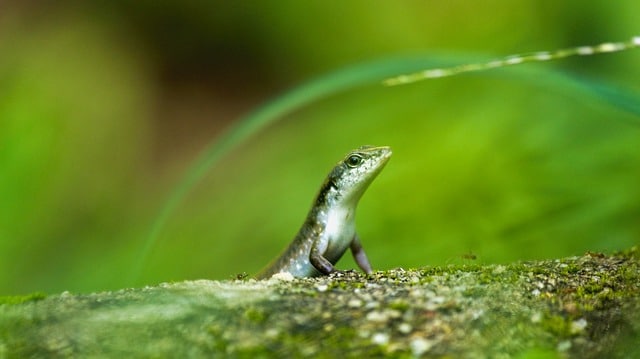
There are several lizard species in New Guinea with green blood. The strange thing is that they do use hemoglobin to carry oxygen. The lime green color is due to high concentrations of bile pigments in their bloodstreams, and are toxic in other vertebrates. The bile pigments, known as biliverdin and bilirubin. They have such a high concentration of these pigments that if you cut open them their bones, muscles and mouth are also green.
15. Leeches (Green)
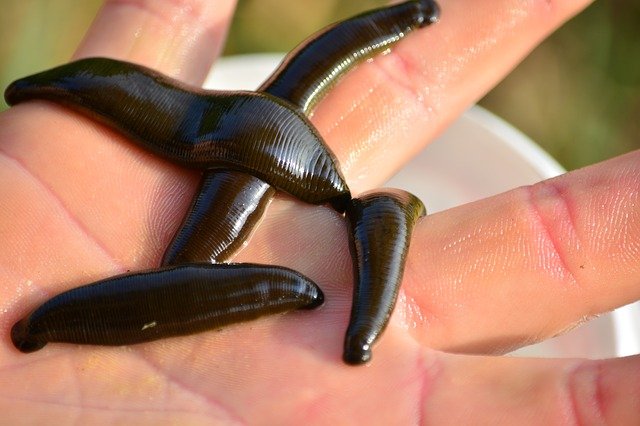
Leeches have blood containing the protein called chlorocruorin. It causes the blood to turn green. It is an oxygen-binding protein that is found in the plasma of their blood.
Interestingly there are animals with no blood at all like jellyfish, corals, sponges, sea Anemones, and some flatworms.
The Jellyfish has no heart and no brain it also has no blood. It relies on nutrients from the water that surrounds it.
Corals do not have a heart so they don’t have blood. Corals do not have a circulatory system.
Sea sponges lack internal organs, they have no muscles, blood, and nervous system. During the day, each sponge strains a huge amount of seawater to extract oxygen and the smallest parts of food from it.
Flatforms move through the intestines of the host animal and live at the expense of nutrients from them. They do not have their own organs for food. They do not have a blood circulatory system and heart.
Also, one more immortal animal Hydra doesn’t have blood. It is a single-cellular animal. In the hydra, respiration is accomplished via the diffusion of oxygen and carbon dioxide molecules through the skin.

